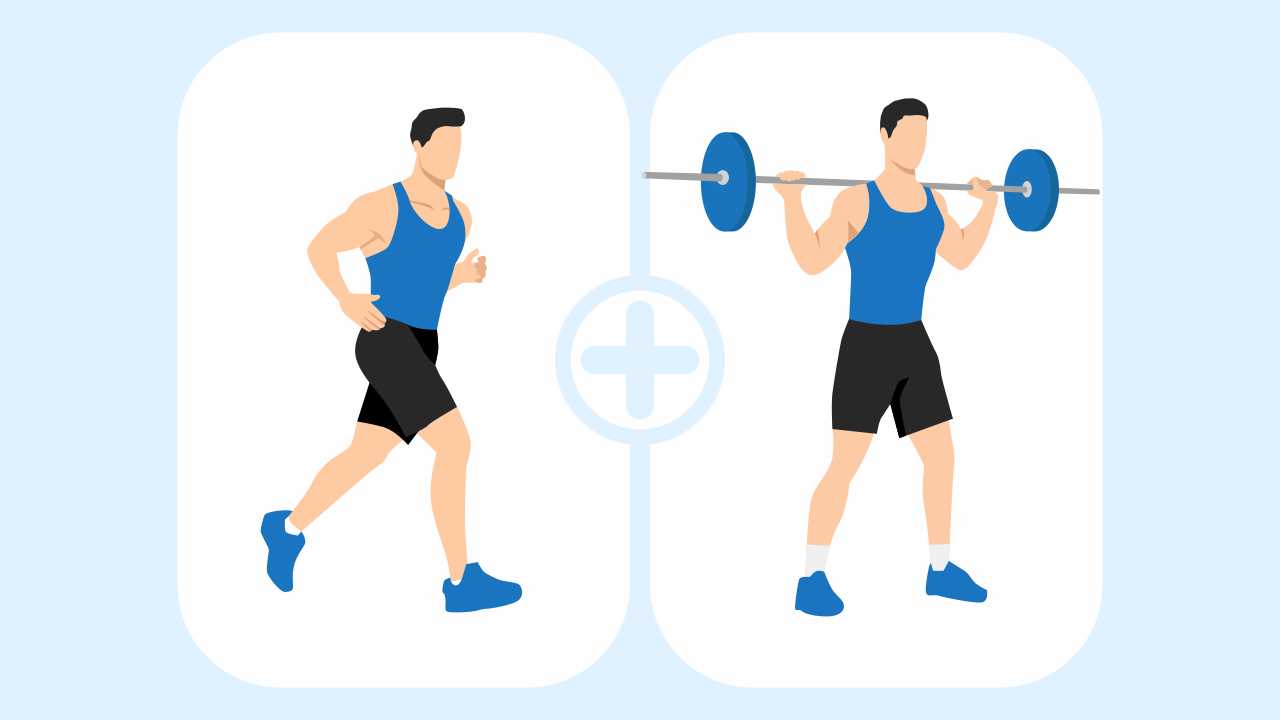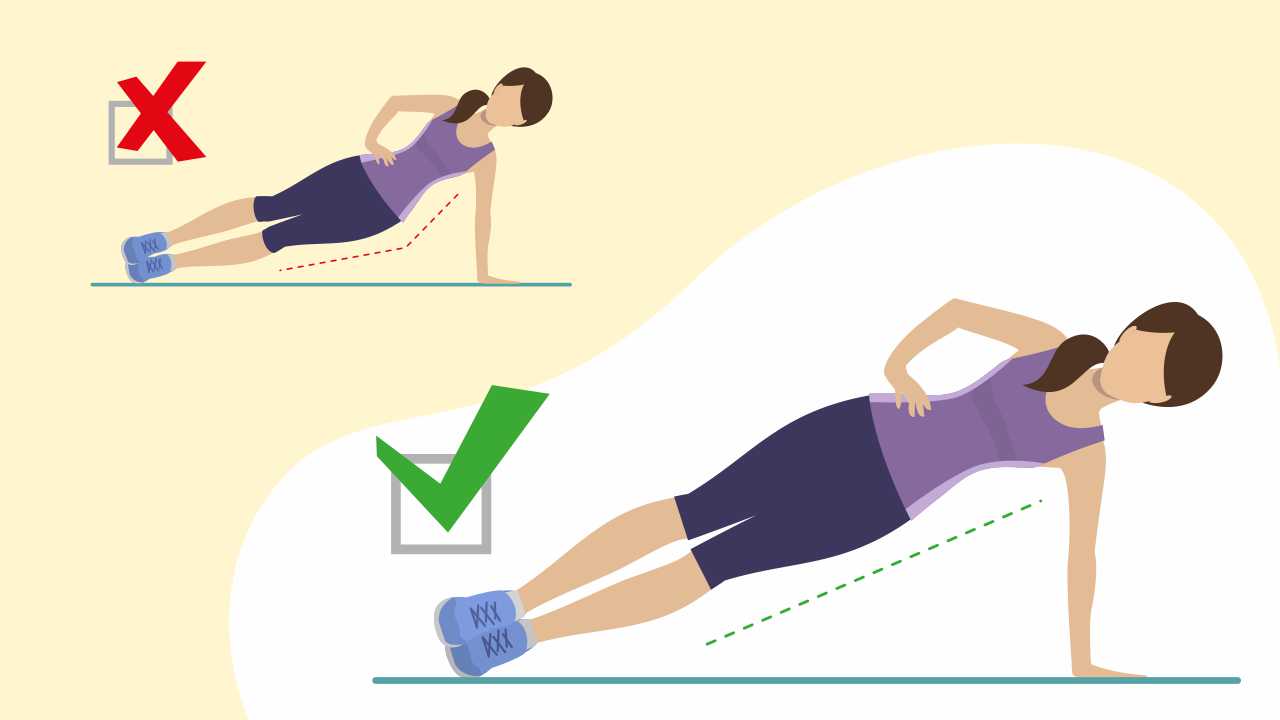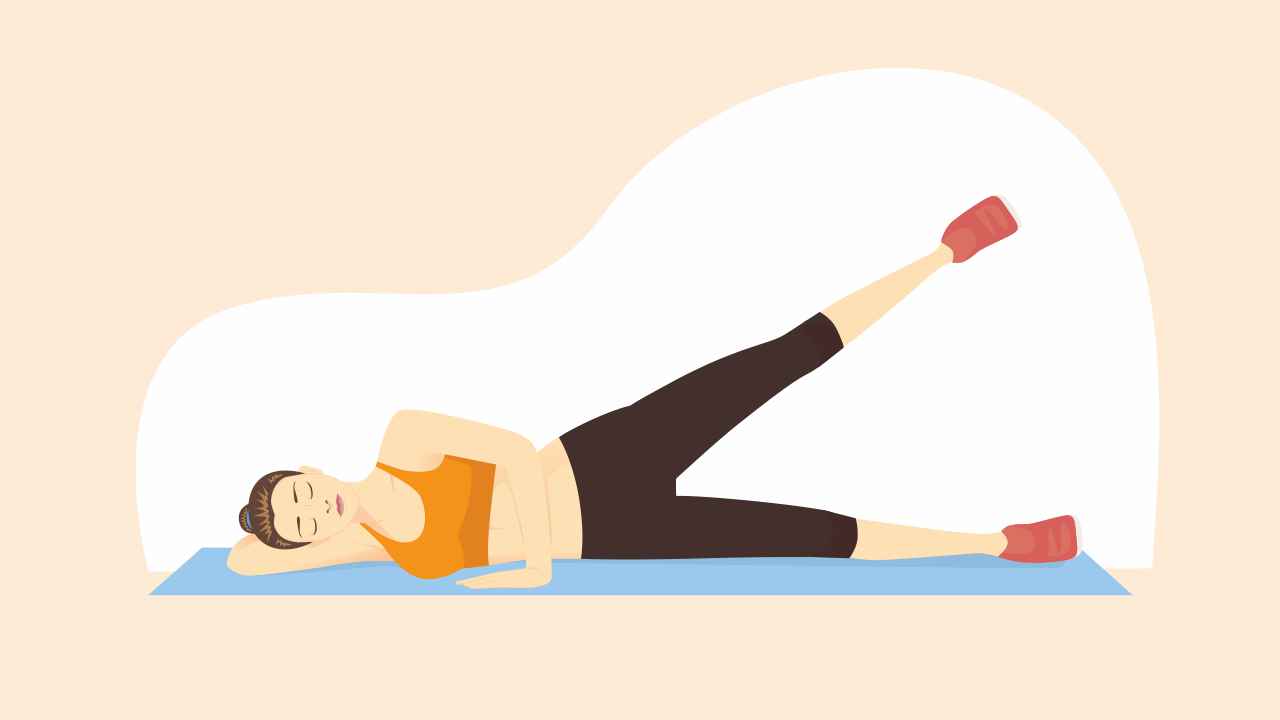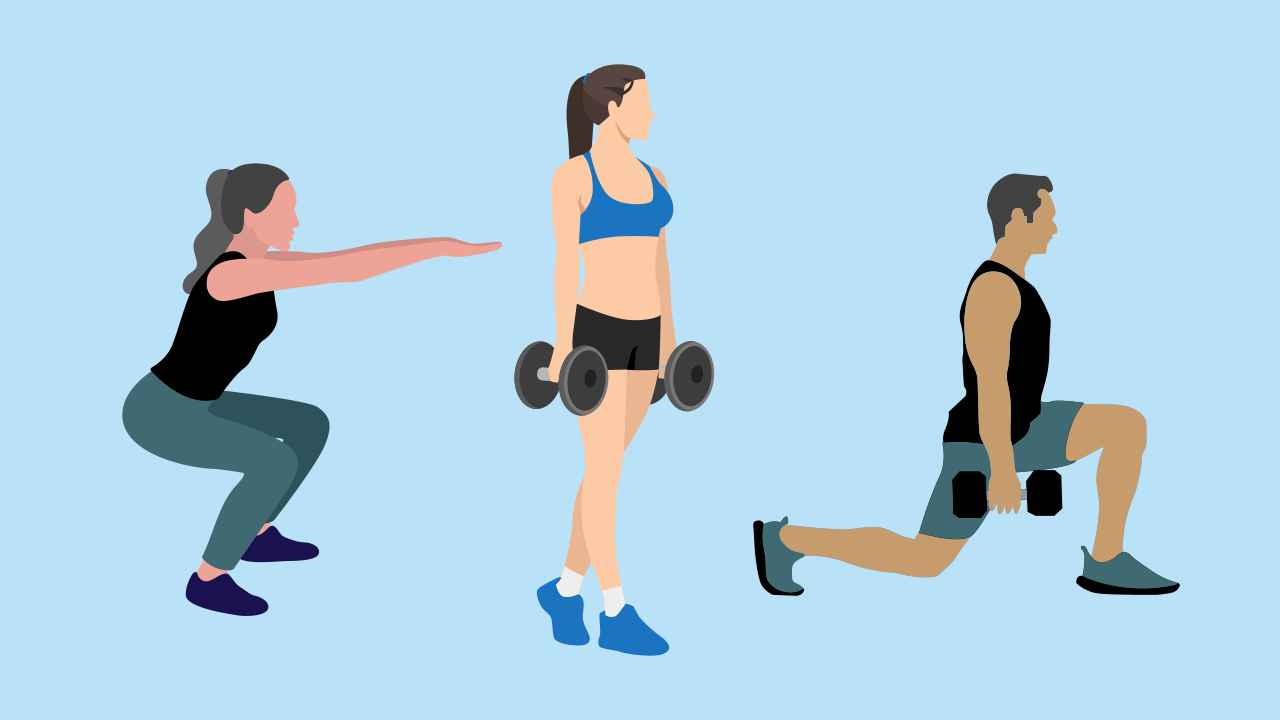
Training Form and Technique: What is the Difference?

Unlike popular belief, form and technique are different things that are absolutely vital for an optimum training regimen. If you plan to get as fit as possible, you would need to work towards building both perfect form as well as technique.
Form
This is what makes you look good, as you move under loads, or go for that long jump, or clear the bar in a high jump, and pole vault.
Your form signifies the state of preparedness of your skill or sport. Form is something that evolves with experience and competing at different levels. It is a process. Executing a technique with perfect form under pressure is what potentially differentiates between an Olympic gold and silver medal.
Your form should help reduce the risk of injury and enable you to move with optimal efficiency. An individual who has attained good form with diligent and consistent work demonstrates the following attributes:
- Good understanding of the demands of training, and adjusts efficiently to change in training loads
- Proper execution of intent of training, which could be explosive strength, endurance, speed, and coordinative abilities
- Less expenditure of energy in performing a skill or set of skills — also referred to as training economy
- Positive and focused emotional state
- Attains the most from their training — which means better results
- Efficient acquisition of new skill(s)
Technique
Technique is the way or style with which you perform a certain exercise — it defines what primary muscles you want to train. Deadlift in sumo or conventional style, bench pressing with close-grip on the bar, and squatting on a slightly raised platform, front squat, or back squat, are a few examples of using techniques.
Technique has different meanings in different sports.
In strength sports such as powerlifting and weightlifting, it is the ability to produce maximal force in order to make a competitive lift.
In team sports, it is the execution of team strategies, such as defense or attack against the opposition.
In endurance sports, such as marathon running, it is the ability to perform a skill or set of skills in the most economical manner.
Why proper form and technique is a must
Prevention of injuries: Proper form has more to do than just make you look good. It reduces the risk of injuries and ensures longevity. Resistance training or sports training places great physical demands on the structures of the body. Executing a skill or technique places further unnecessary loads on the muscles, tendons, joints bones, and connective tissues, and increases the likelihood of injury. The right form helps reduce the risk of such injuries.
Optimal results: Training with good form and correct technique allows you to target the muscles in an effective and efficient manner, ensuring you get the desired results from your training.
Improved Training Economy: Good form allows you to perform the same work by expending less energy. For example, if you are performing a deadlift, and the bar is too far away from the body, or if your shoulders are too far forward from the barbell, you would expend more than the energy required to perform a good lift. It would also put unnecessary strain on the muscles.
Here is an example of technique and form.
Technique: Barbell Back Squat
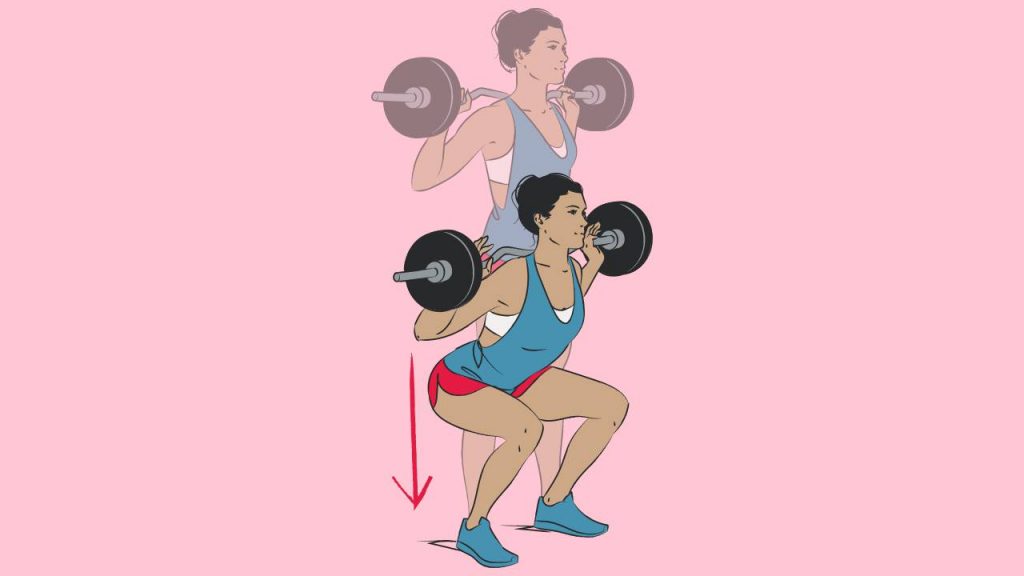
Form
- Keep the barbell racked properly on your back — it is on the shelf that is created when you retract your shoulder blades
- Take a deep breath embracing your core. This allows to raise the intra-abdominal pressure and provides rigidity to the spine
- Grab the floor with your feet, keeping the weight of your body in the centre of your feet
- Externally rotate at the hips, preloading the muscles of the hip.
- Start the eccentric phase lowering your hips down
- Attain the desired depth — ideally to the point where your knees are higher than the crease of your hips
- Begin the eccentric phase lifting your chest and hips at the same time
Moving with good form and technique must always be a priority in your training. No matter what your goal or level of participation, you must invest in improving your form and technique so as to reduce the risk of injuries, and ensure longevity.





